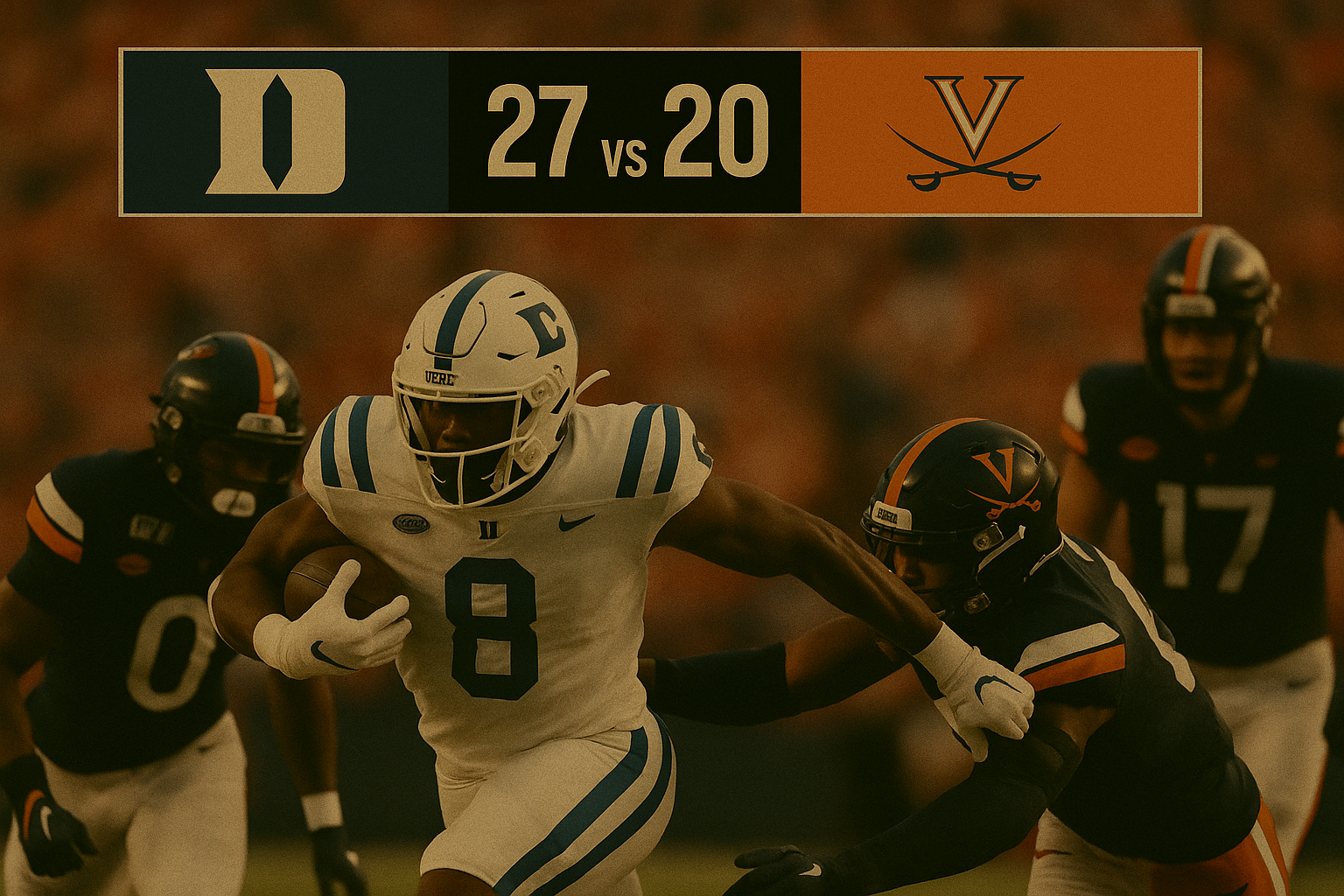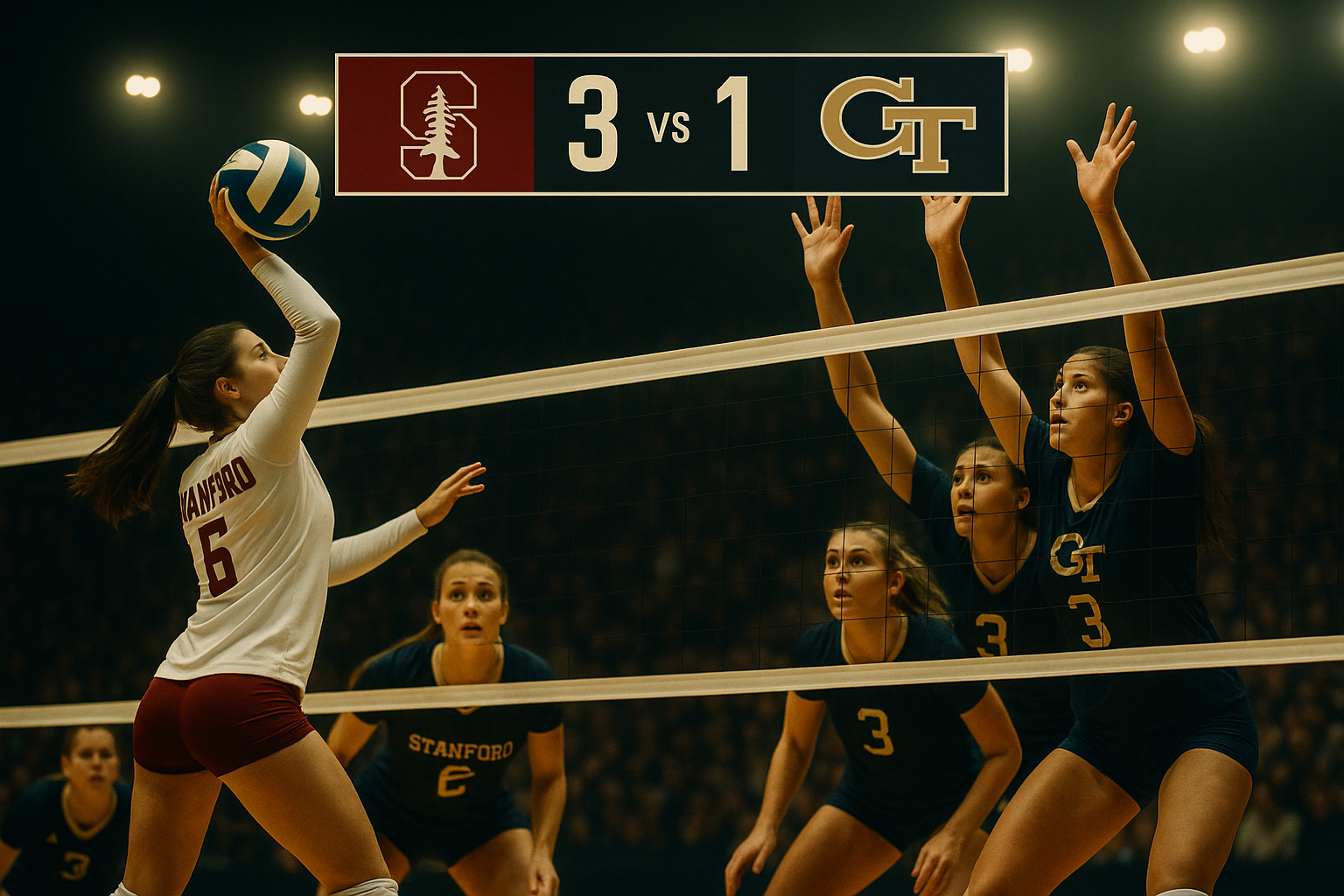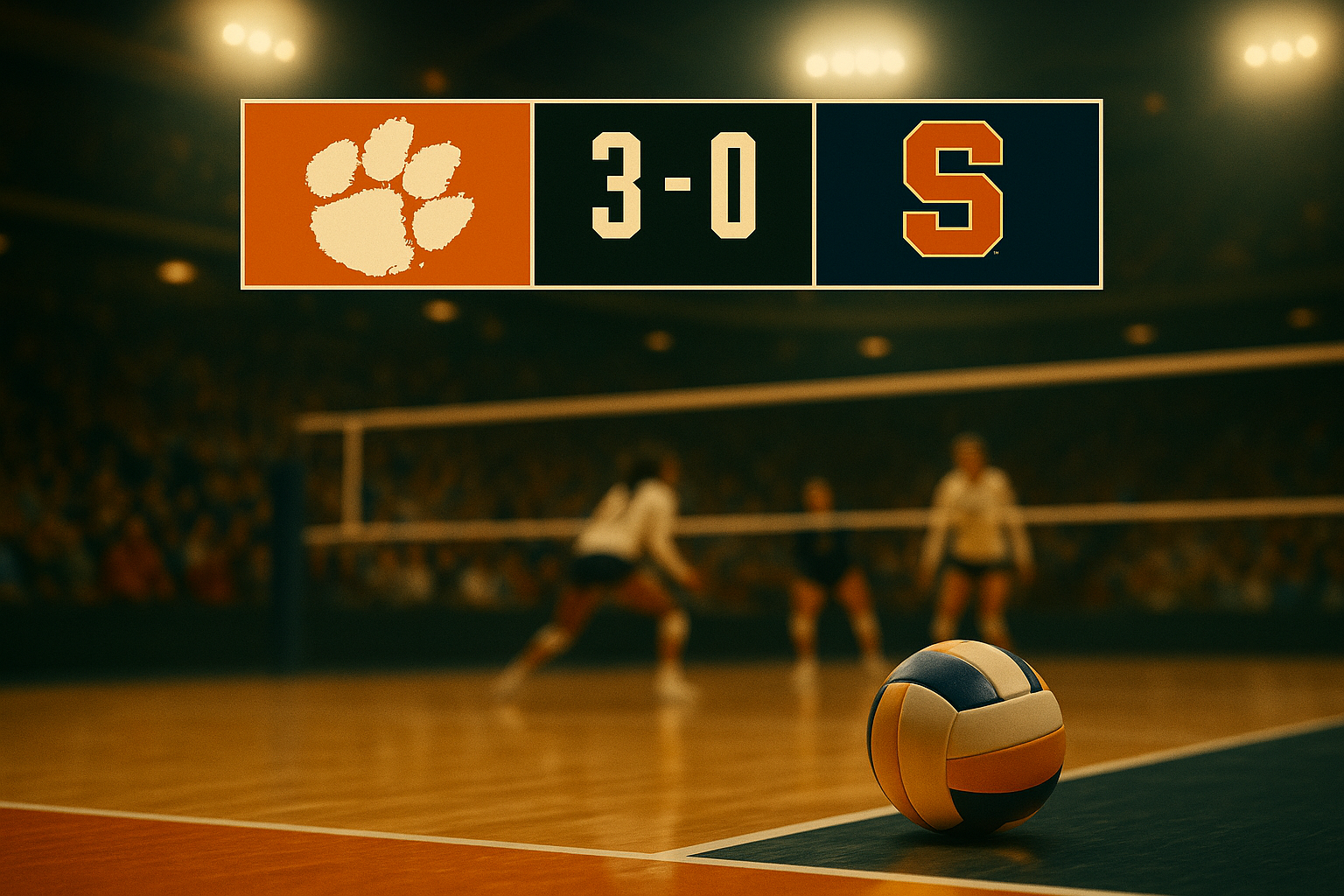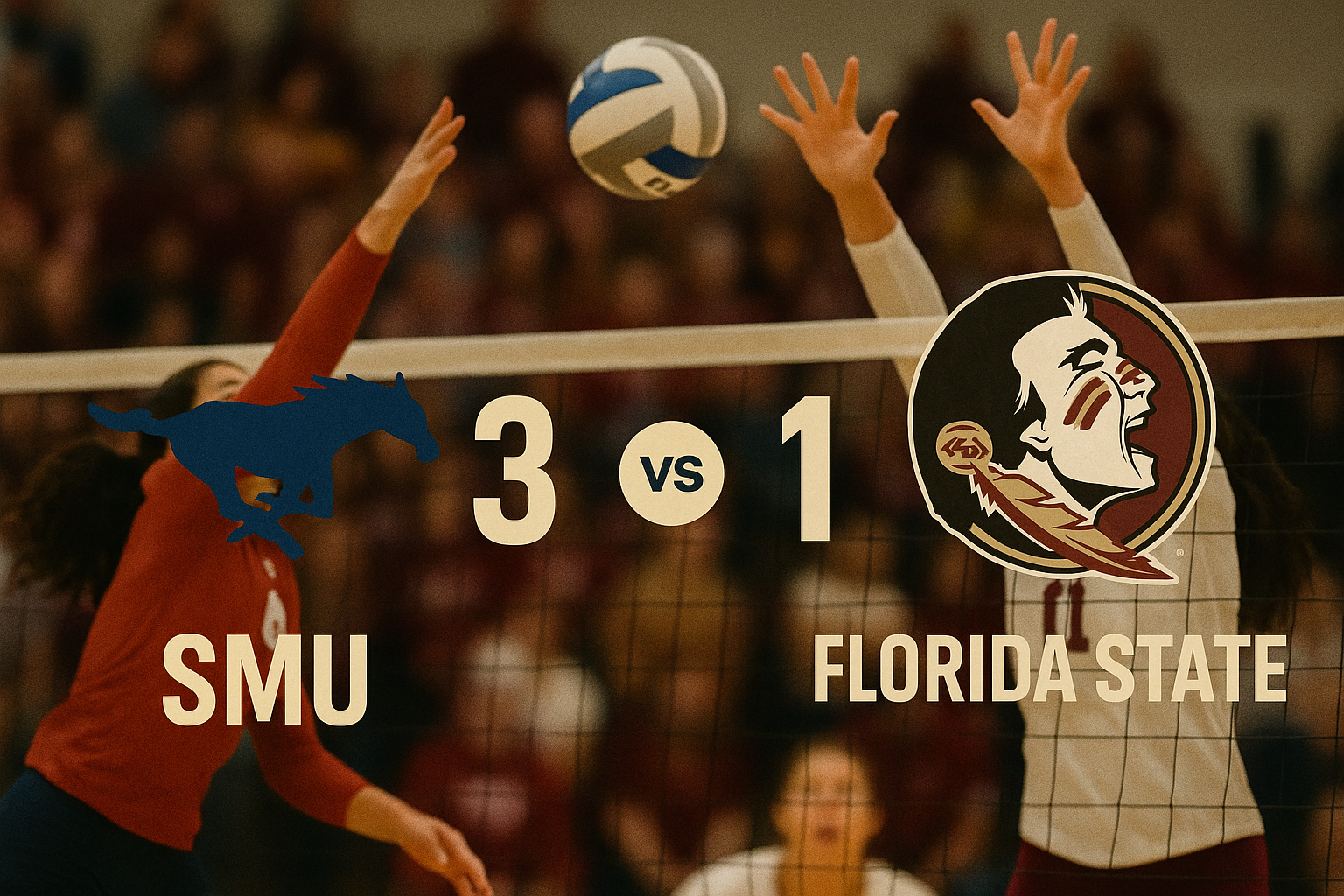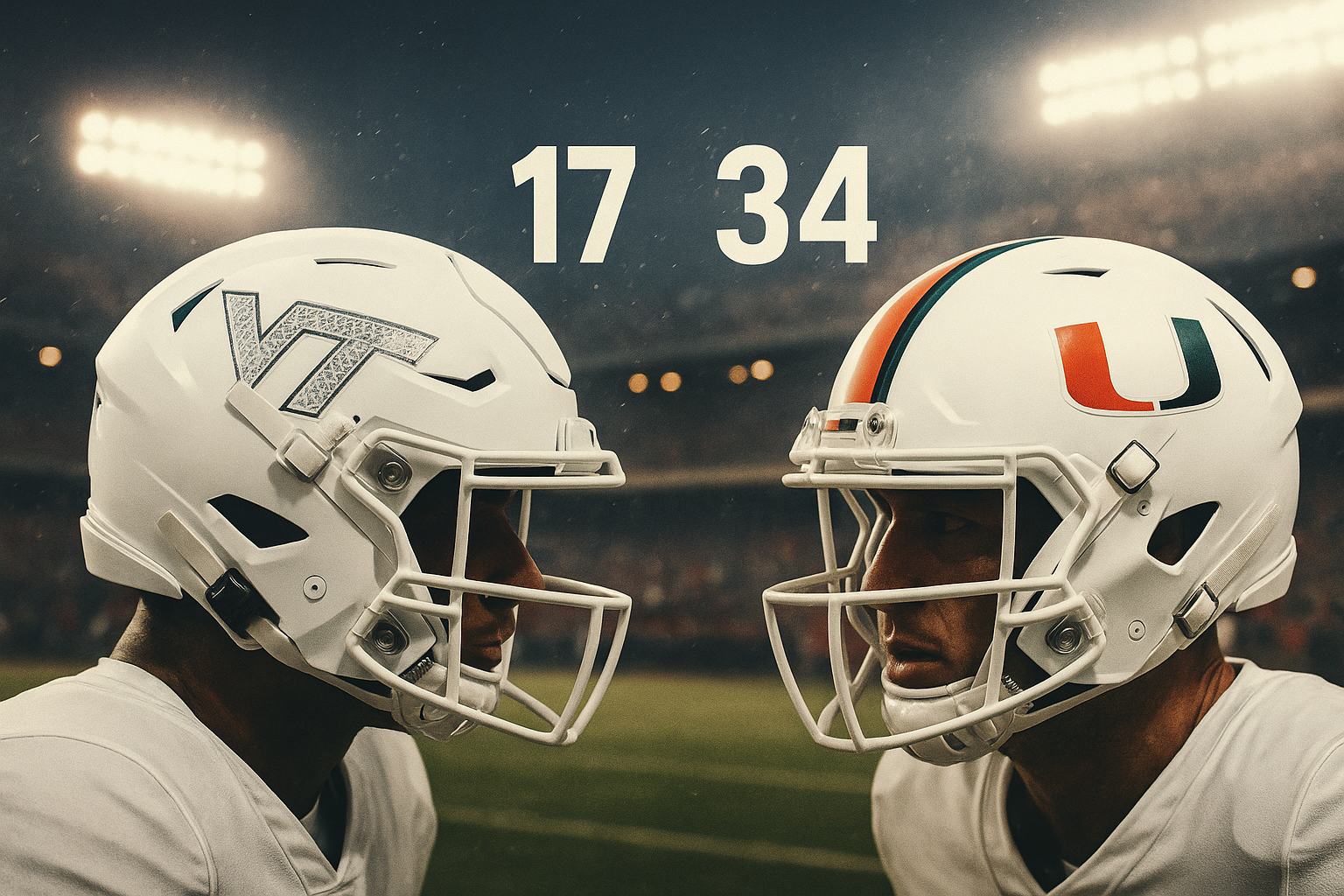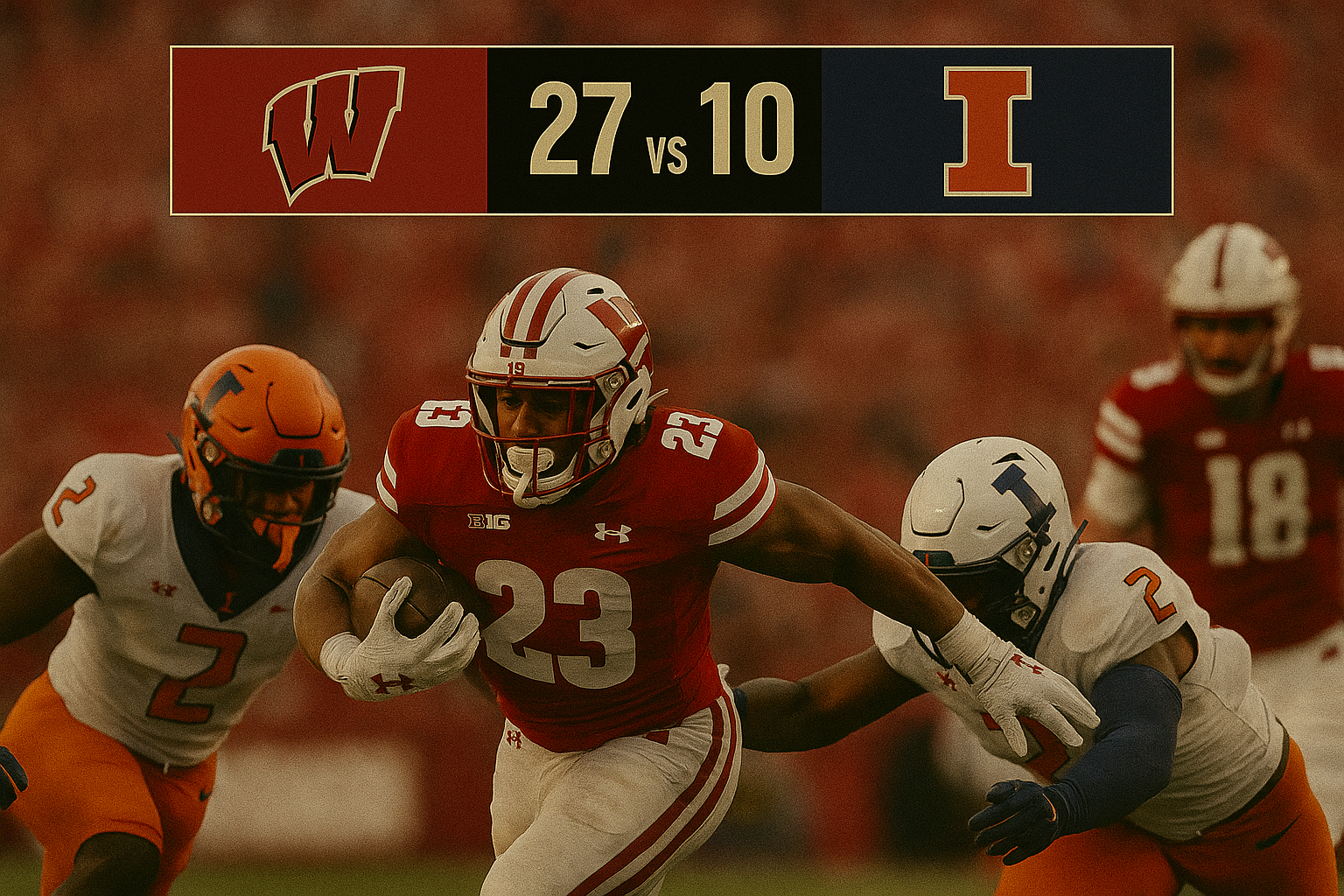Milos Uzan Returns to Houston: Cougars Regain Championship Momentum
Star Guard Bypasses NBA Draft for Senior Season
Milos Uzan has opted to return to the University of Houston for his final year of college eligibility, signaling a major win for the Cougars’ national championship aspirations. After testing the NBA Draft waters for a second consecutive year, Uzan has pulled his name from the 2025 draft list. His return not only reinforces Houston's lineup but also positions the team as a strong contender for the top spot in the upcoming preseason rankings.
Uzan was projected by many analysts as a potential early second-round pick, appearing as high as No. 38 on big boards and performing solidly in pre-draft workouts. Despite this, he chose continuity, experience, and opportunity over the uncertainty of a non-guaranteed professional contract.
Key Piece in a Loaded Roster
The return of Uzan solidifies Houston’s core of experienced starters. Alongside Emanuel Sharp and Joseph Tugler—both returning for another season—Uzan rounds out a veteran trio that anchored a 35-5 campaign last year. That effort included a sweep of the Big 12 regular-season and tournament championships and a run to the NCAA national title game, where the Cougars narrowly fell to Florida.
During his junior season, Uzan showcased significant growth. He averaged 11.4 points, 4.3 assists, and 3.1 rebounds per game while shooting nearly 43% from beyond the arc. His consistency and perimeter shooting became critical components of Houston’s offense. From January onward, he emerged as one of the most reliable point guards in the country, scoring in double figures in all but two games through the Big 12 Tournament.
Strategic Impacts and Roster Changes
Houston had been preparing for Uzan’s departure. The staff previously landed former Texas Tech and Creighton guard Pop Isaacs, presumably to fill the point guard role. However, Uzan's decision prompted Isaacs to decommit and head to Texas A&M instead, altering the backcourt landscape for both programs.
Despite the adjustment, the Cougars are well-equipped to incorporate new talent. The team is bringing in a trio of top-25 national recruits: Chris Cenac, Isiah Harwell, and Kingston Flemings. While these freshmen are expected to play immediate roles, the return of experienced leaders like Uzan eases the transition and enhances roster balance. The veteran-freshman blend will allow head coach Kelvin Sampson to maintain continuity while introducing new energy.
With leading scorer L.J. Cryer now graduated, Uzan will likely be asked to take on a larger scoring burden. His steady playmaking and improved shooting give Houston a dynamic offensive foundation to build upon.
NBA Calculus and College Benefits
While Uzan’s return may have surprised NBA observers, the decision aligns with the evolving landscape of college basketball. The value of staying another year, particularly with NIL opportunities and a chance to improve draft stock, has never been higher. For Uzan, remaining at Houston means another chance to chase a national title and potentially elevate his standing to first-round status in 2026.
Houston’s coaching staff, which operated under the assumption that Uzan was gone, left the door open for a return based on his NBA evaluations. After consultations and workouts, it became clear that another collegiate season could serve his long-term goals better than entering the draft this year.
Cougar Nation Sets Its Sights on a Title
With Uzan anchoring the backcourt, Houston now reasserts itself as a top-tier threat entering the 2025–26 season. The combination of veteran leadership, elite recruits, and a program that thrives on toughness and execution creates a compelling case for the Cougars to begin the season as the nation's No. 1 team.
Last season’s finish, just one shot away from a championship, left unfinished business. With Uzan back in the fold, the Cougars are equipped to take another run at cutting down the nets—and this time, perhaps, finish the job.
